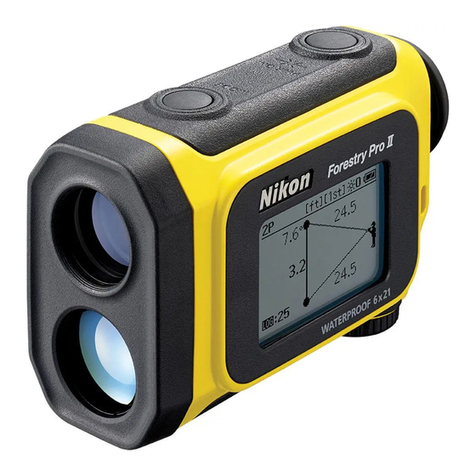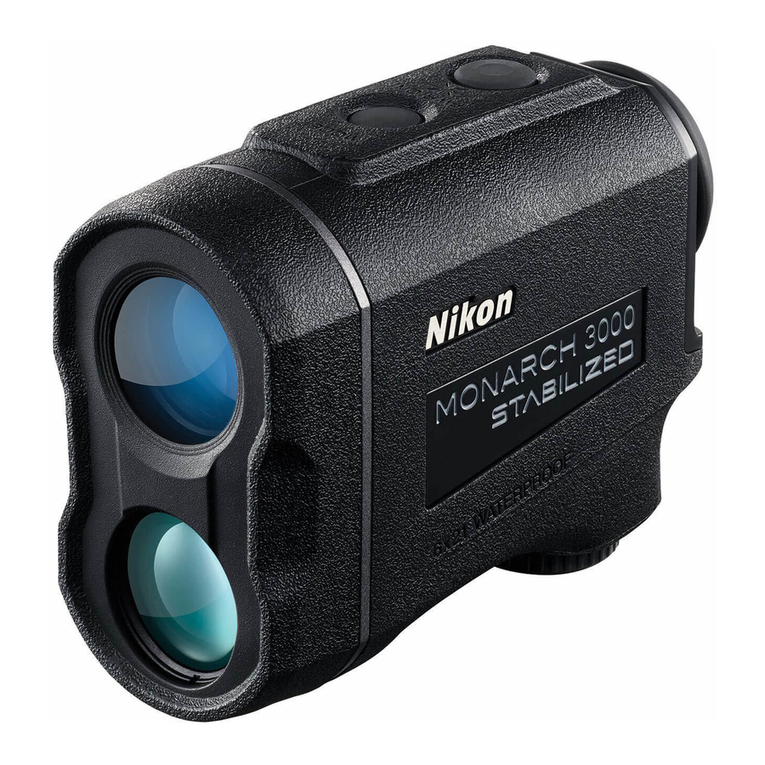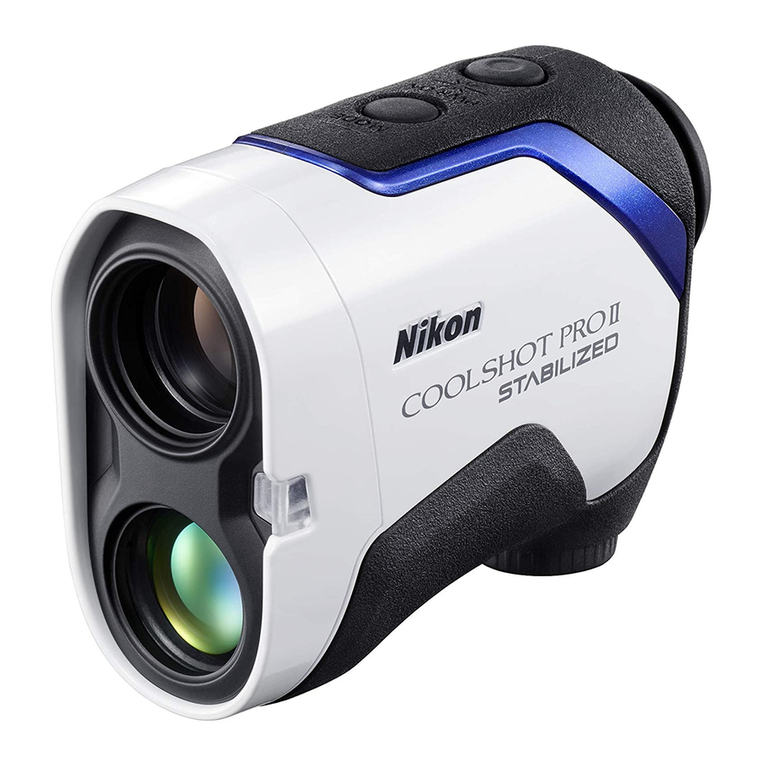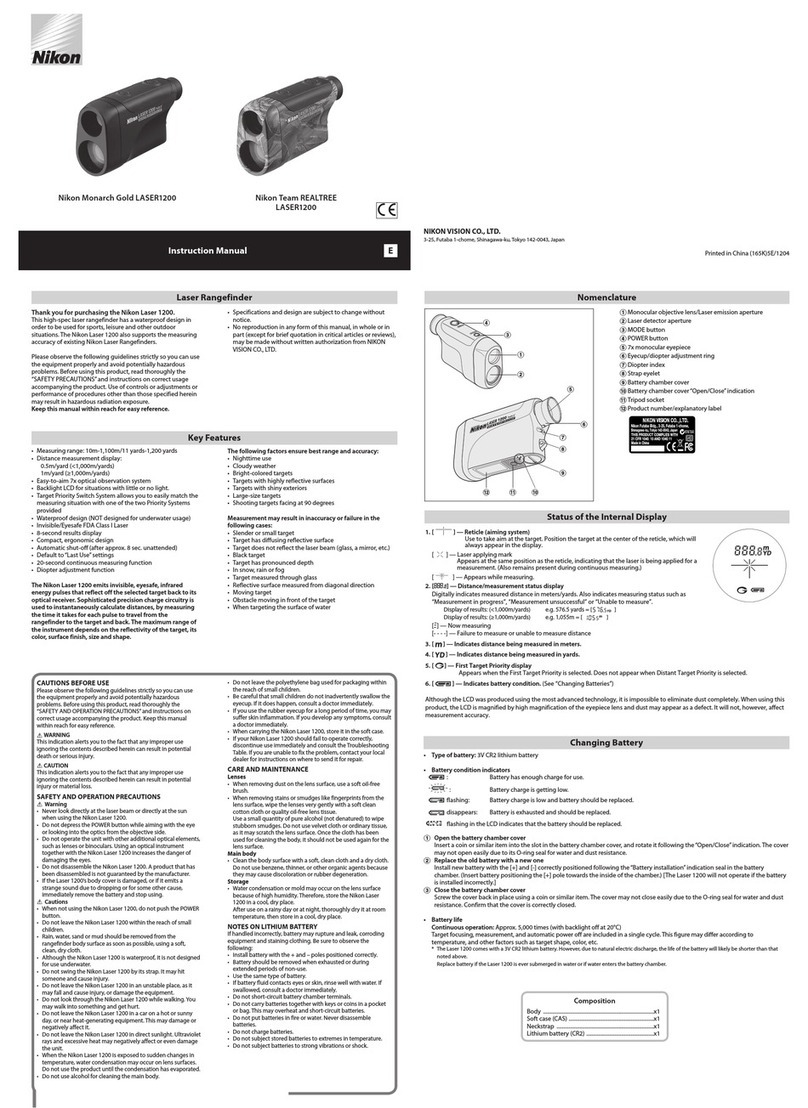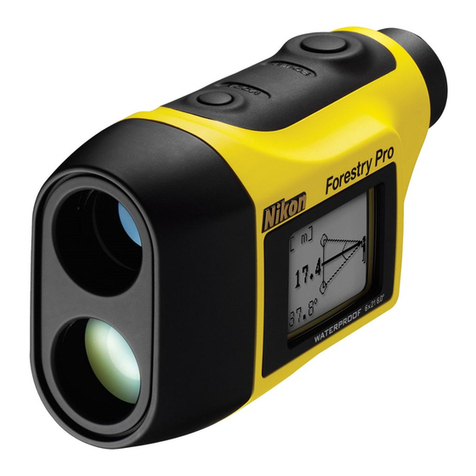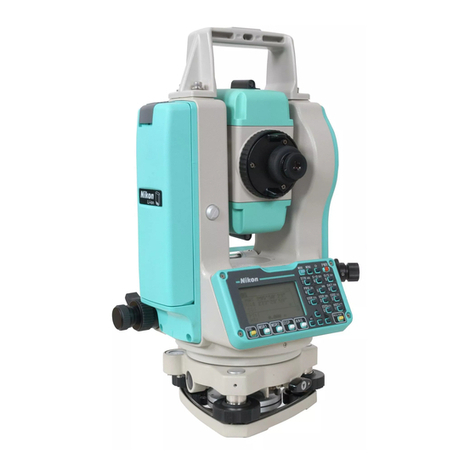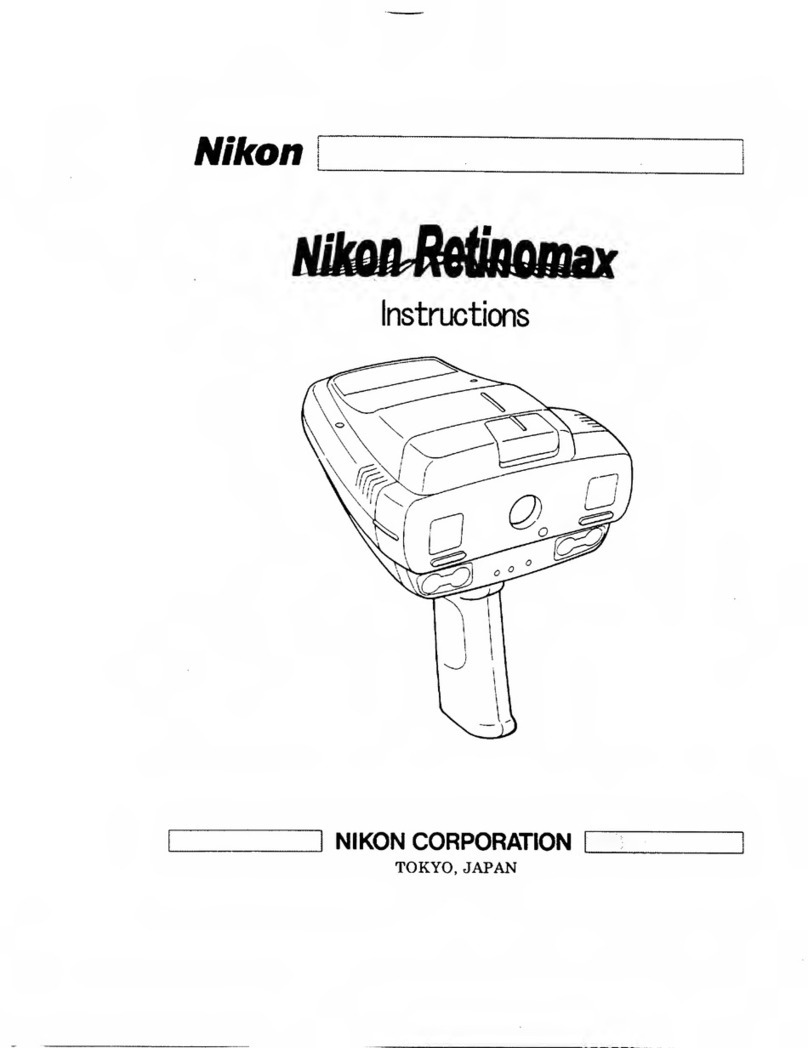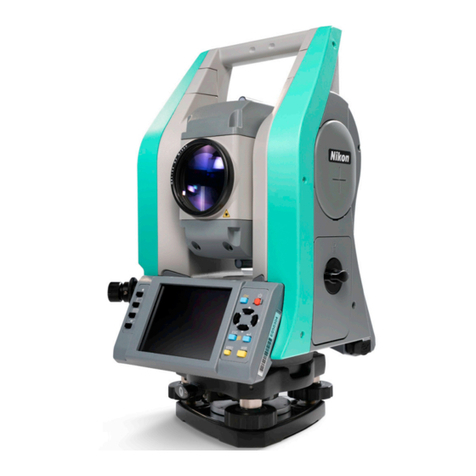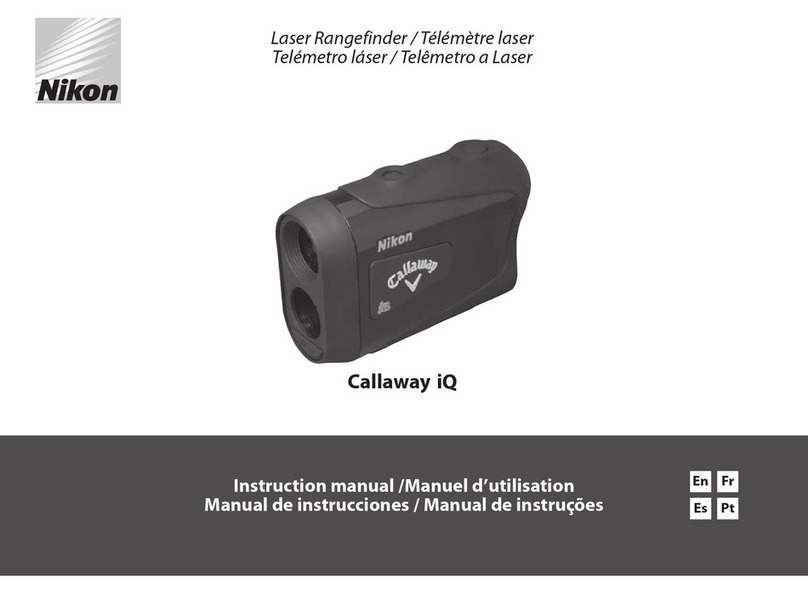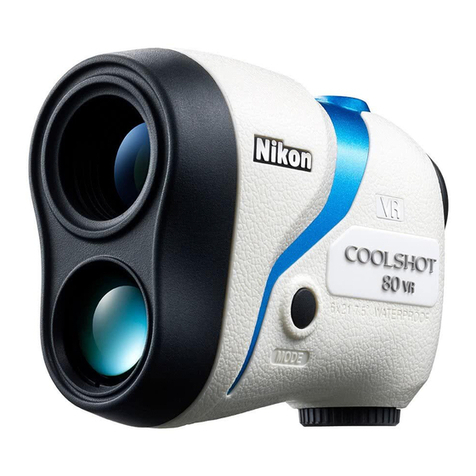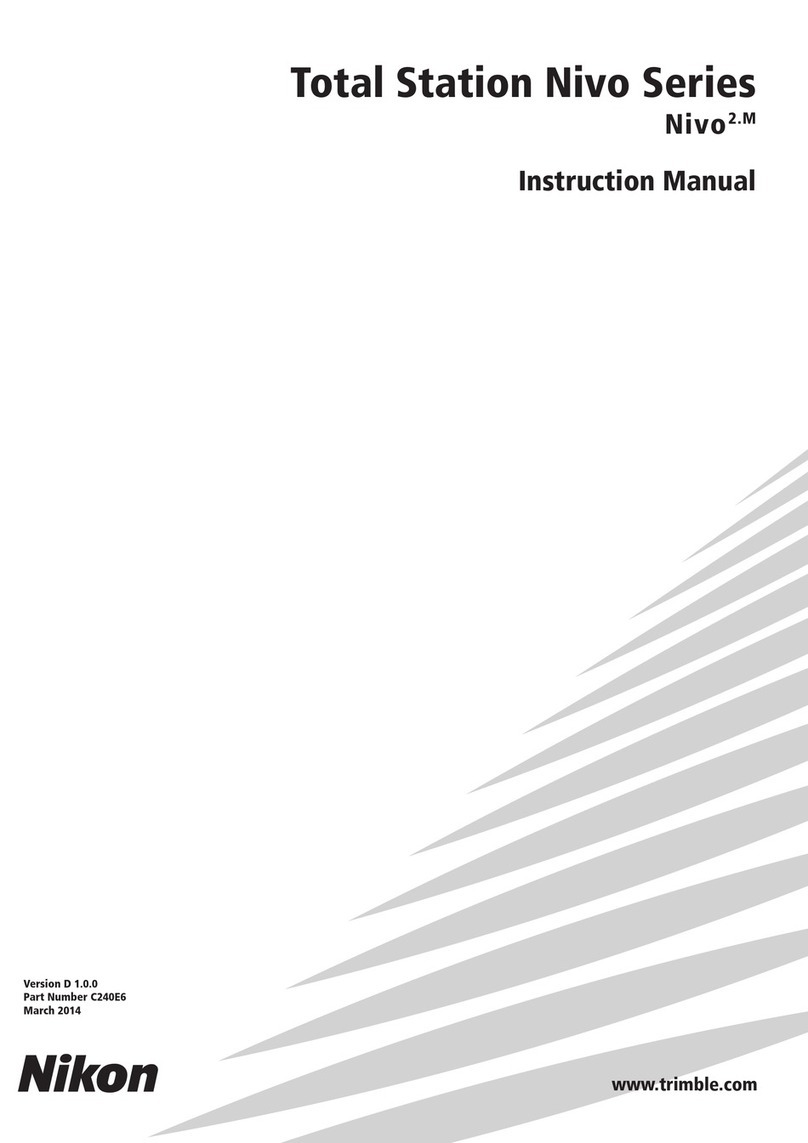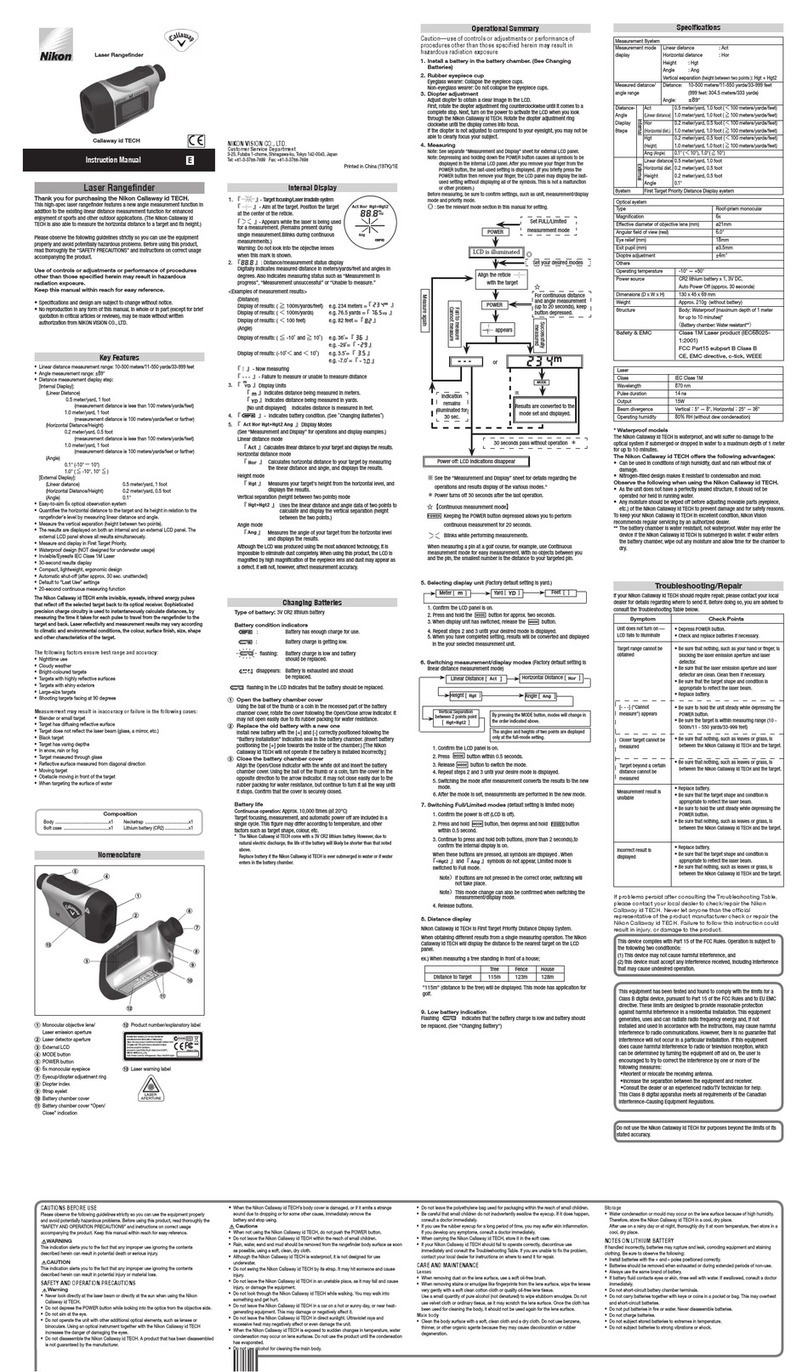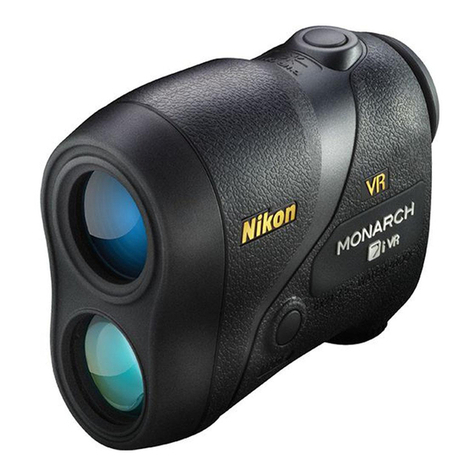
FEMA US&R Response Sys/U.S. Army Corps of Engineers
STRUCTURES SPECIALIST SKILLS TRAINING October 2007
TST – Total Station Training
Packing Up the Nikon NPL-352
1. Adjust the level screws and the tangent screws to the neutral position.
2. Put the telescope in the Face 1 position.
3. Place the instrument in the box with the battery-side up.
If damp, leave the box open overnight to prevent condensation.
The instrument is not watertight with the battery removed, therefore store it with the
battery installed.
Keep the spare battery charged in the box.
It is suggested that the batteries for the NPL-352 be marked with the serial number of
the machine they are packed with to assure that batteries stay with their respective
machines. Likewise the purchase date should be marked to give an age of the
batteries for future replacement scheduling. Marking one of the batteries that comes
with the NPL-352 as the "A" battery and the other as the "B" battery makes it easier to
track that the batteries are being cycled through the charger on a regular basis.
It is a good idea to have a spare lens cap in the box in case the one that comes with
the machine gets lost. Any 52mm standard camera lens cap will work.
The container that the right angle eye piece comes in is a flimsy paperboard box. It is
suggested that a better container be acquired to store the eye piece in. The right angle
eye piece is usually not needed, but when it is, it is essential and deserves better
storage than a plastic bag in an unmarked paperboard box.
Remember the primary sources of error are:
1. The instrument or the prism was not correctly set over the station.
2. Sighting on the reference point was off.
3. Sighting on the measuring point was off.
Measurement Basics and Theodolite Use Page 9


